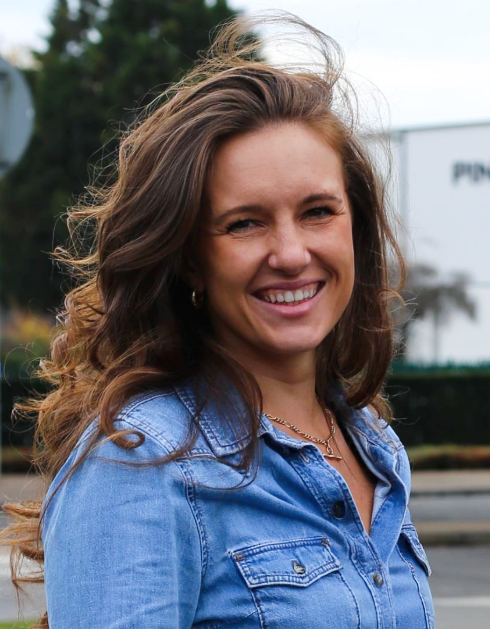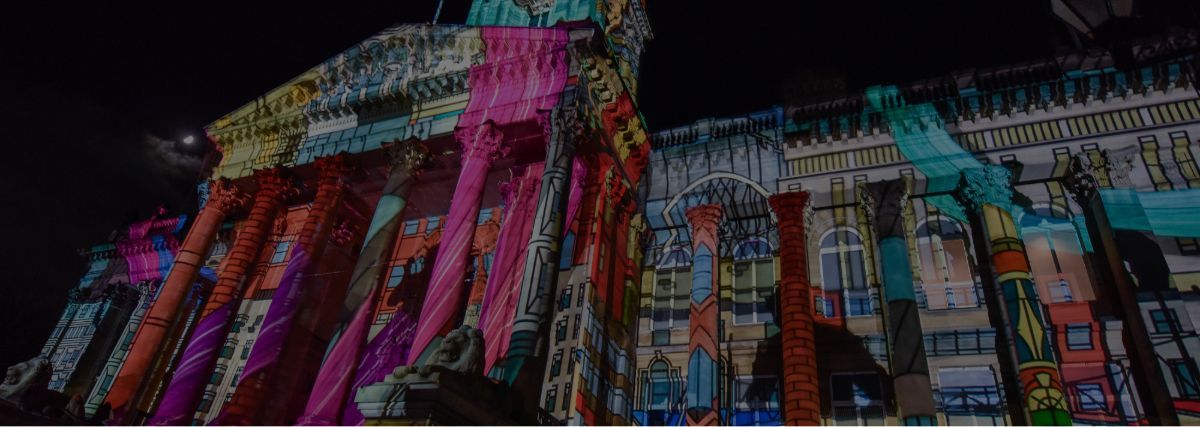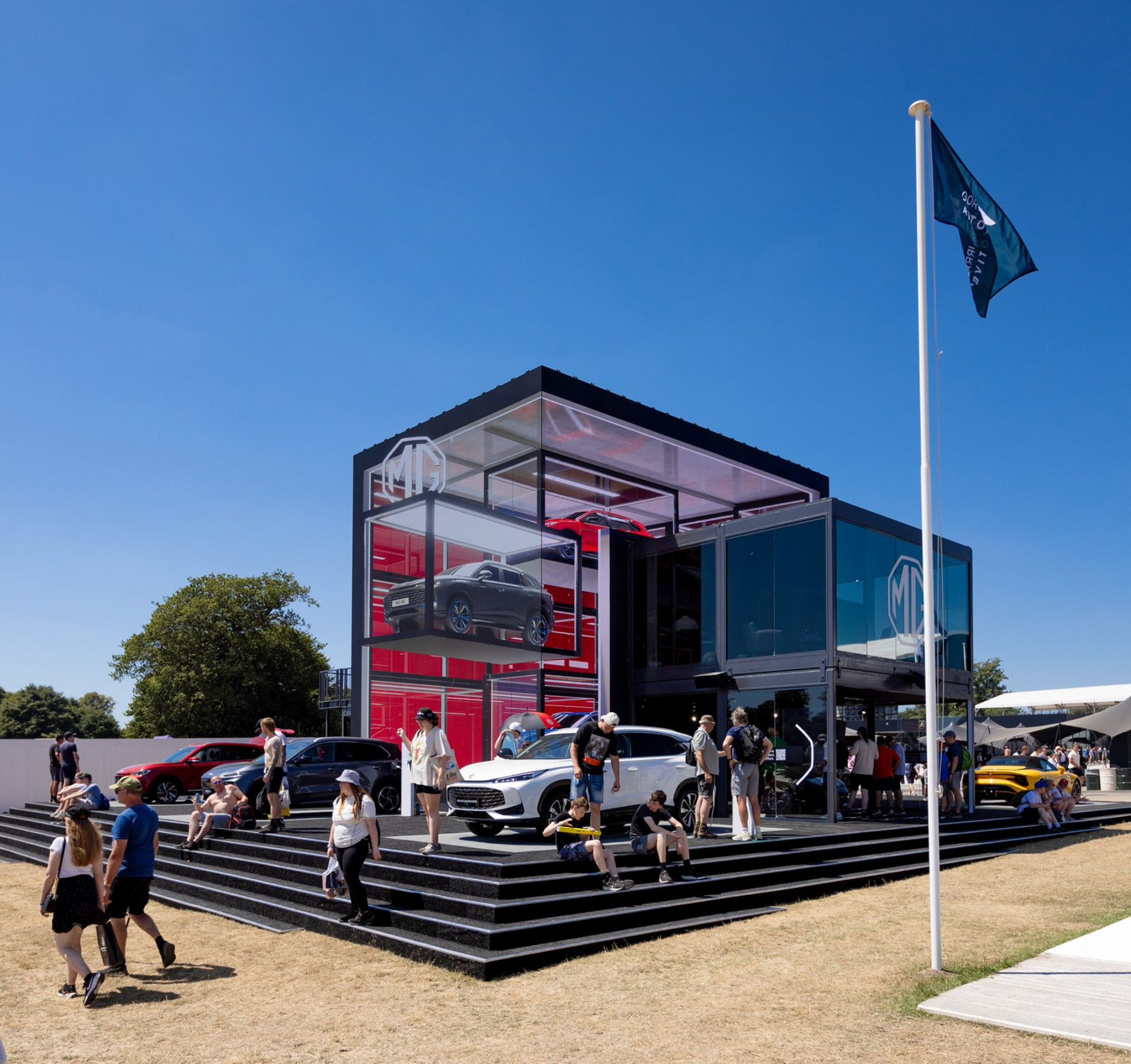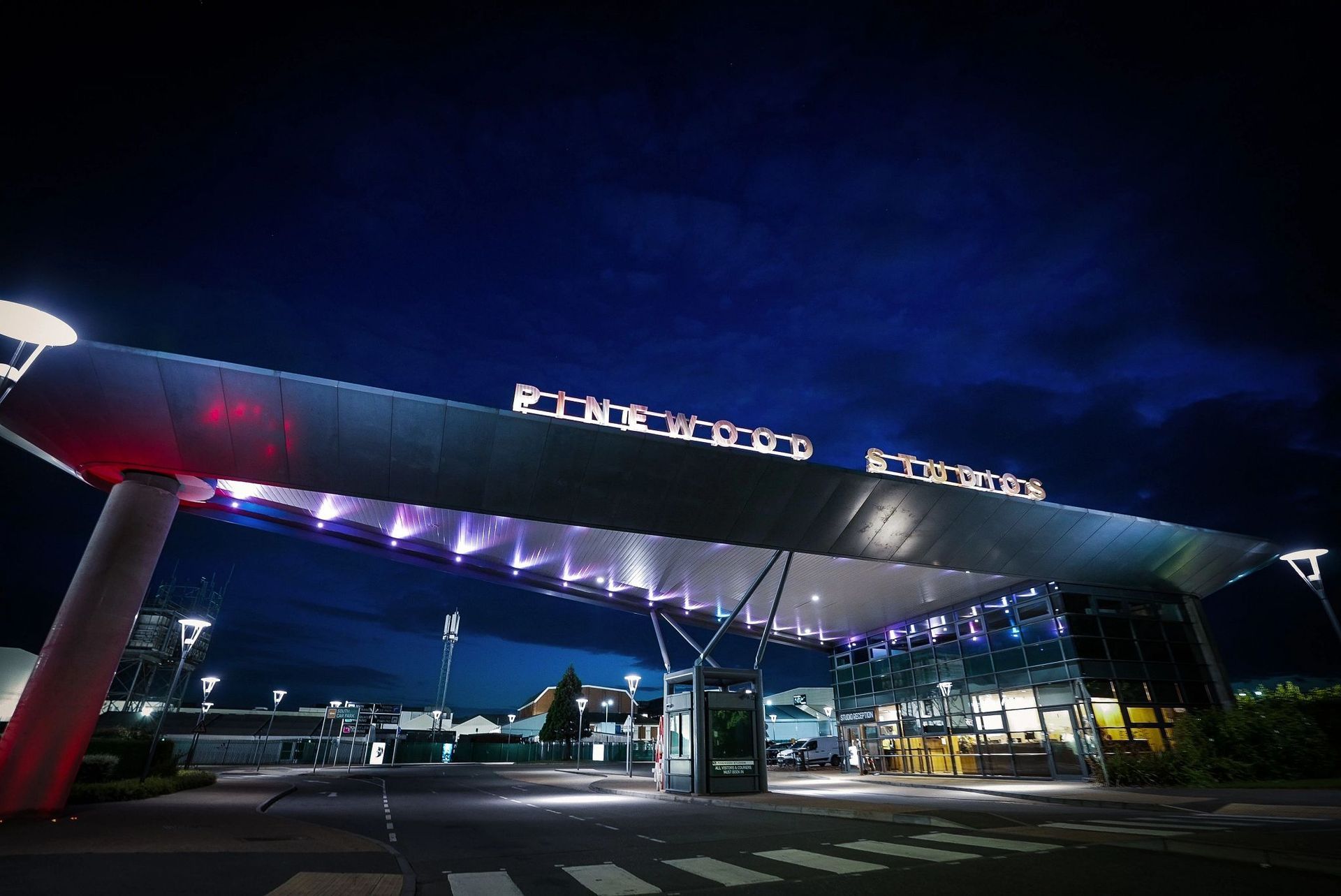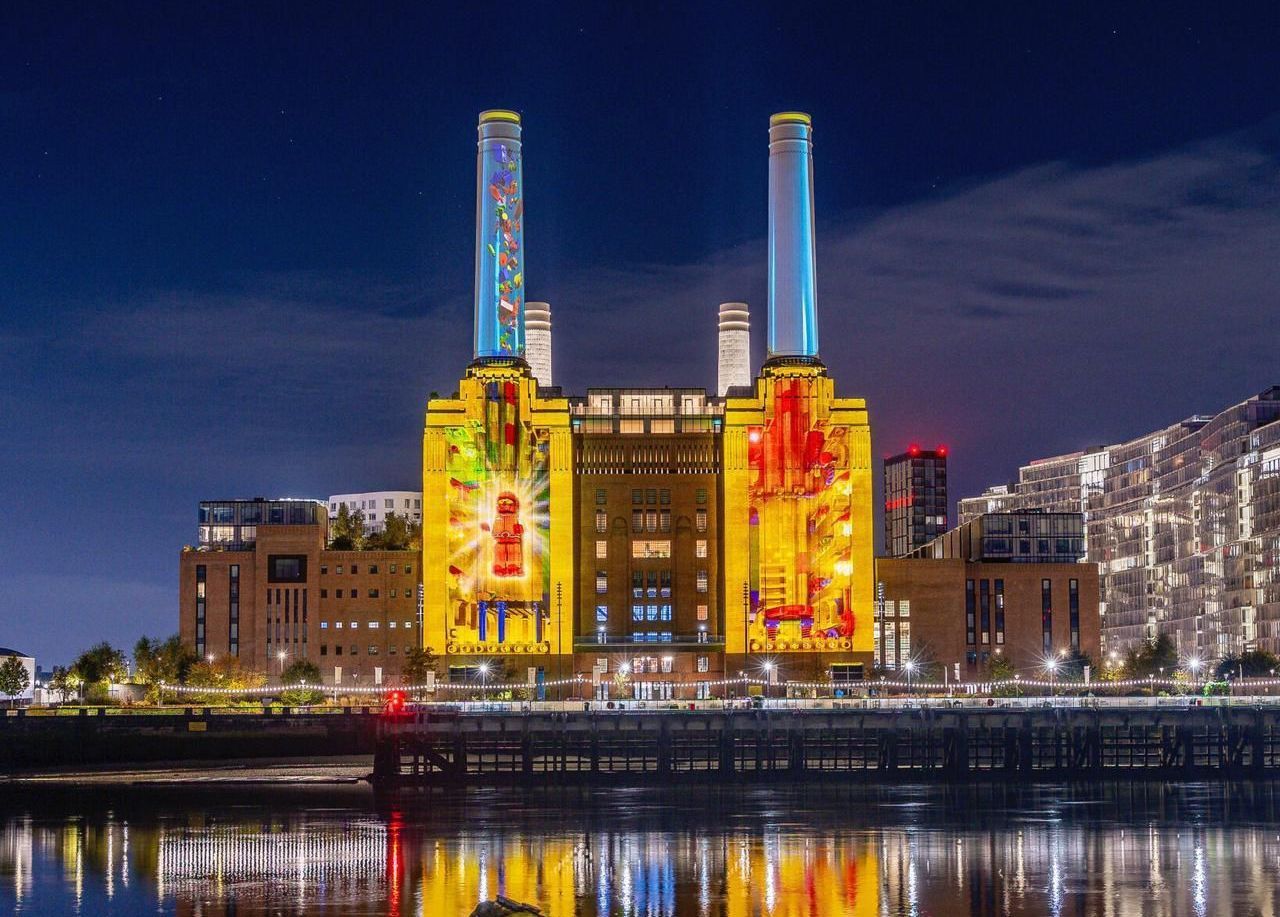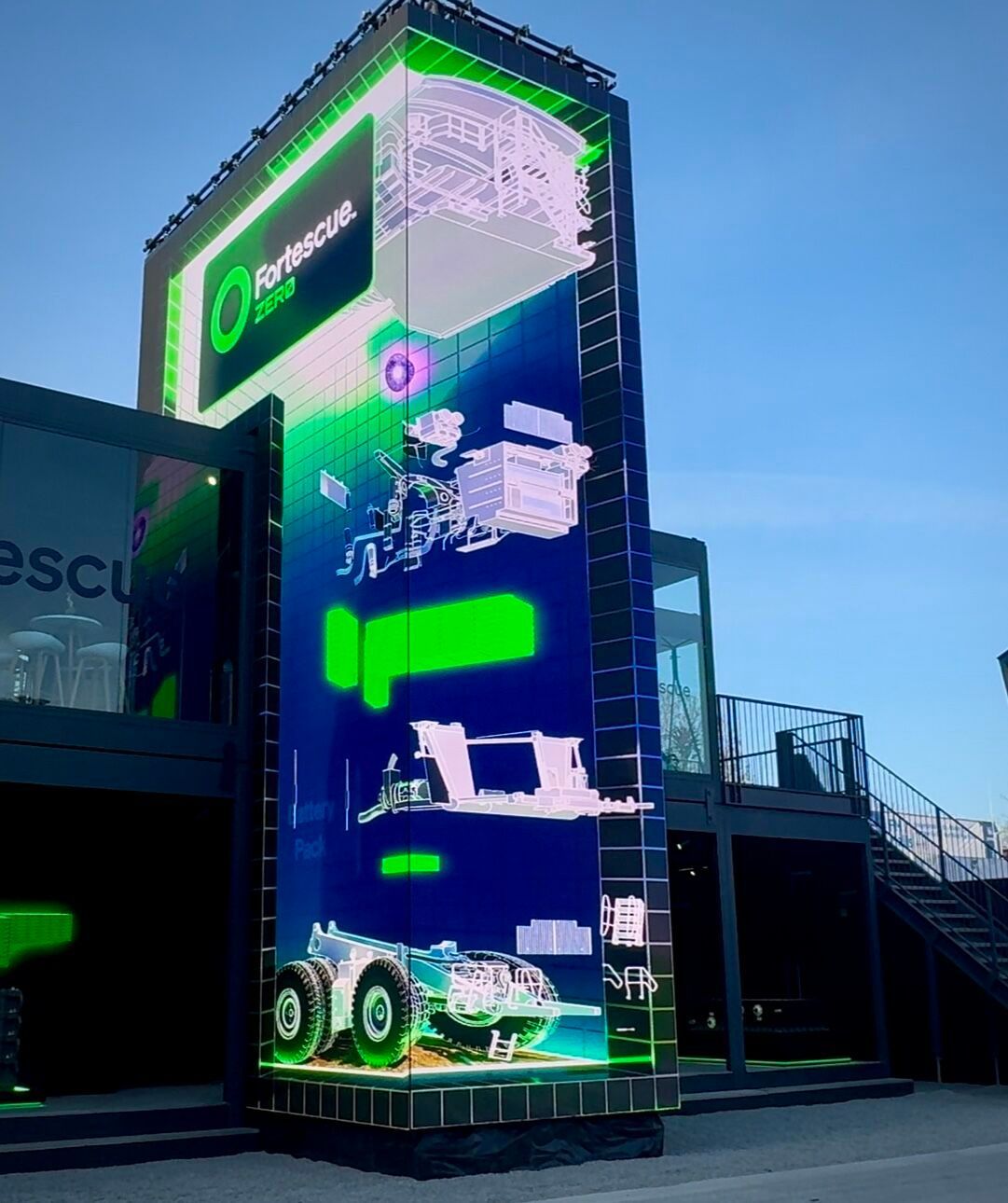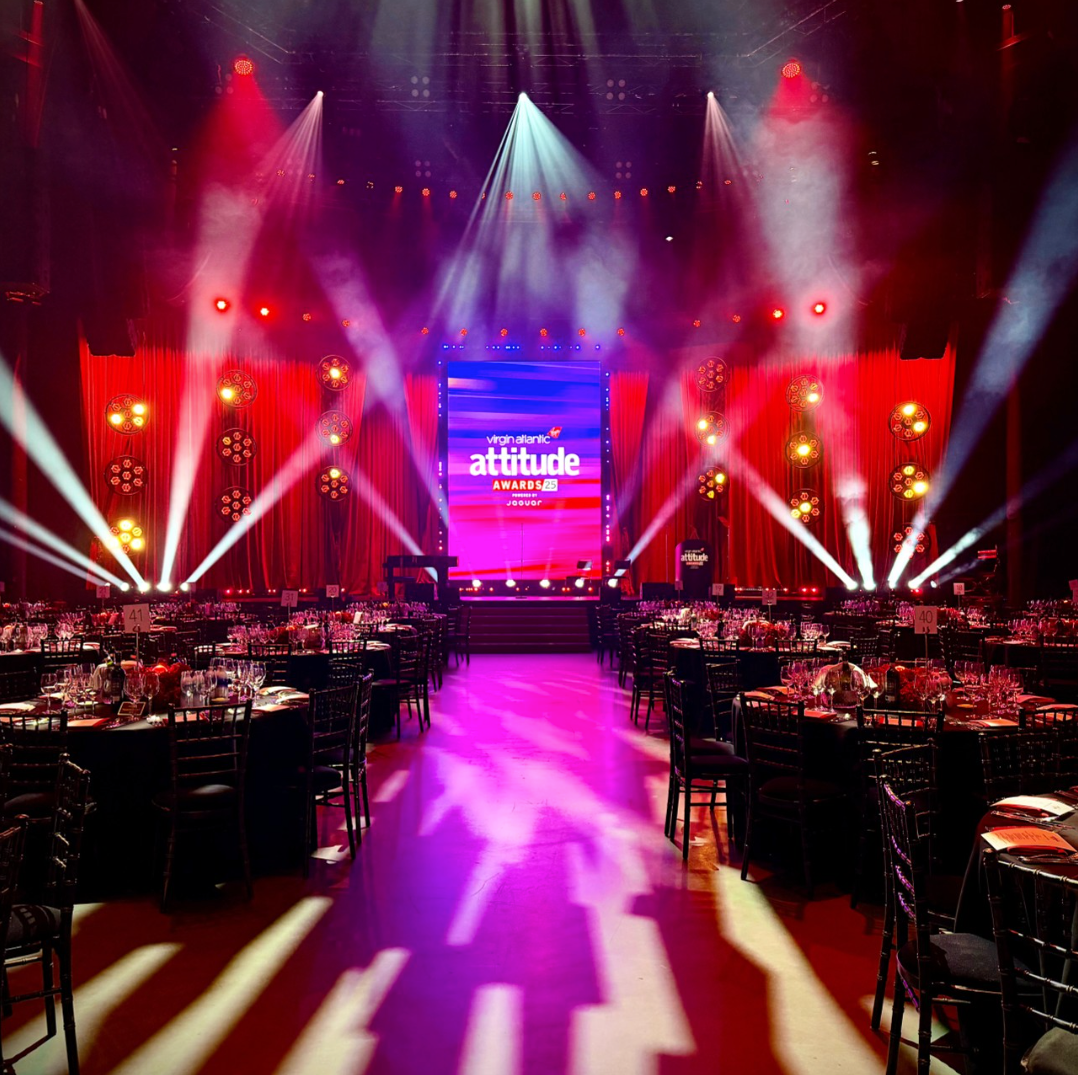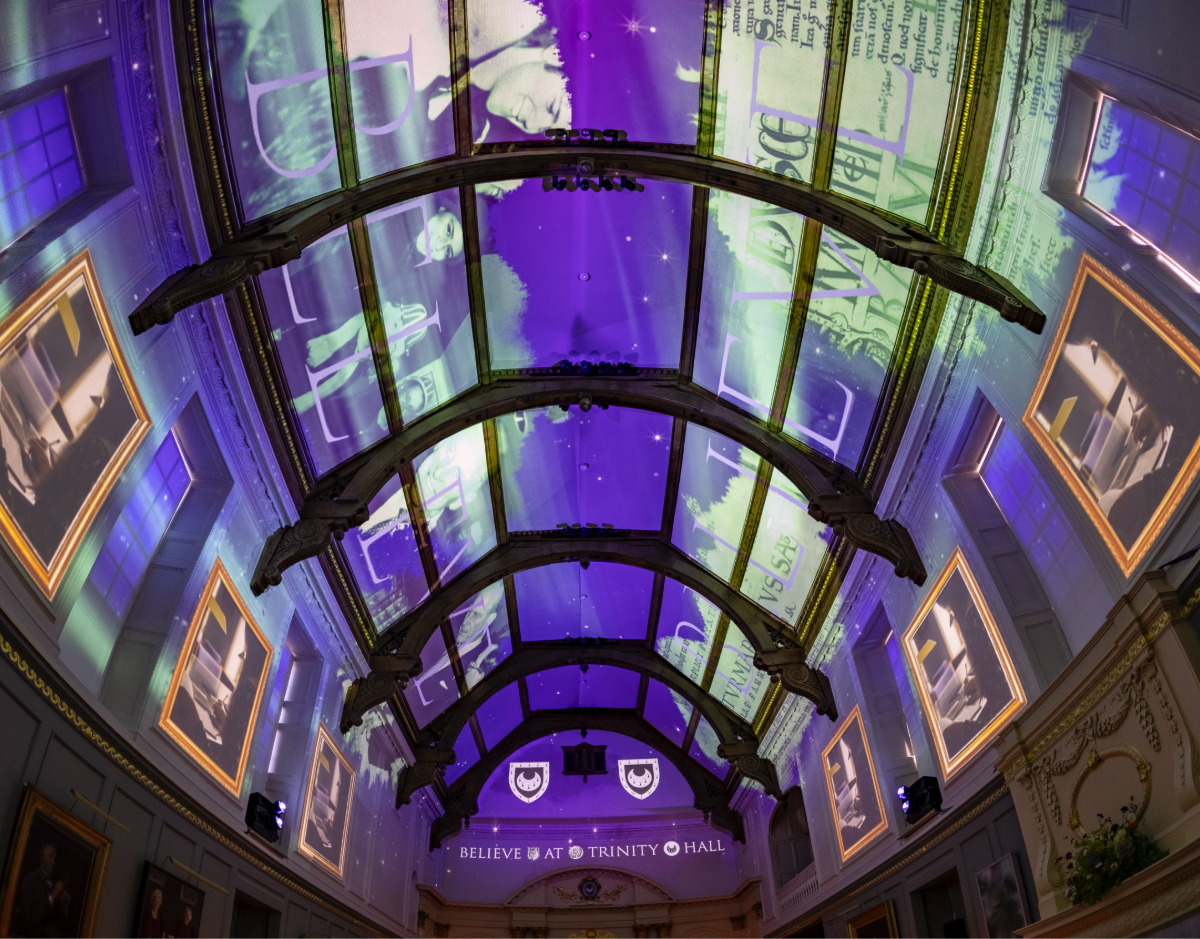How Long Will This Take?
When it comes to virtual production, speed and efficiency are often what get noticed. But what’s really happening behind the scenes? In this thoughtful reflection, Stephen Maddox, iMAG’s Creative & Development Director and an award-winning writer, director, and producer, shares a real-world moment that revealed just how nuanced virtual production workflows can be. From studio resets to spontaneous creativity, Stephen takes us inside the practical and philosophical lessons learned on set, reminding us that in this fast-moving space, innovation is essential, but collaboration is everything.
On a recent project, the director asked how long it would take us to change between scenes while filming. Some of the crew looked a bit puzzled. The director then explained that, on a previous shoot in a purpose-built studio, they had to wait 20 to 30 minutes between scene changes. The entire content system had to be shut down, reloaded, and tested before moving on.
Everyone at the brain bar smiled. In our case, it would take around 20 to 30 seconds. Of course, we could have sat there feeling smug, but the reality is more nuanced. On reflection, the key difference was that we were using pre-recorded plates for travel simulation, while they were most likely working in real-time Unreal Engine environments, which typically take longer to reset.
We’re not about to call that team, in another country, to ask why their process was slower. But the moment did spark a few useful reflections:
Assume the Best.
It’s easy to believe we know better, but in most situations—once we understand the full context—there’s usually a valid reason behind how something is done.
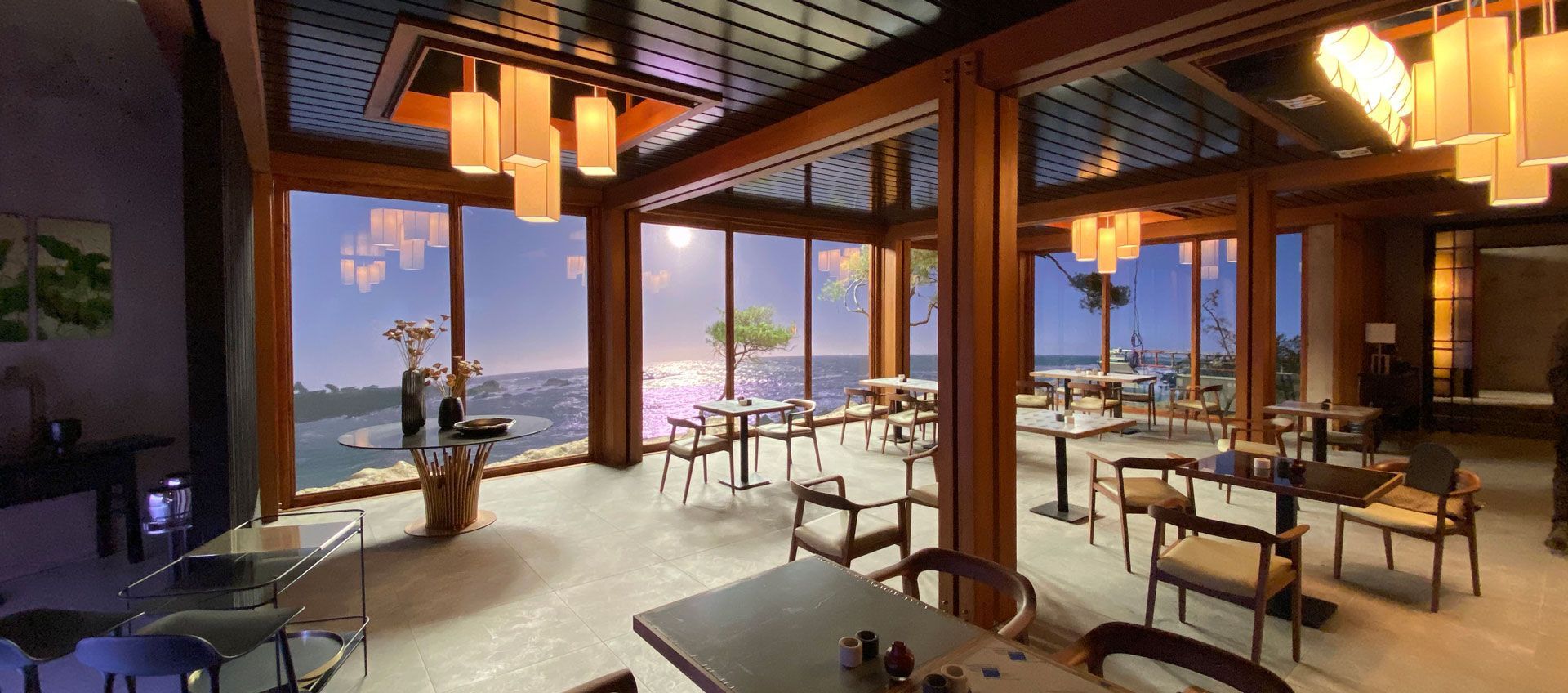
You Might Have the Better Way.
Perhaps you've innovated and found a more efficient process. But the project that director referred to was a few years ago. A lot has changed in virtual production since then. Innovation is constant, and with it comes new ways of working.
Pre-production and Collaboration are Key.
Too often, people try to figure things out in isolation. But film, TV, and series work is a team sport. The more collaborative the approach, the better the outcome. Planning in advance and having open discussions about workflow, especially on the virtual production side, leads to smoother and more efficient shoots.
We’ll dive into the balance between pre-production and spontaneous creativity in a separate post. For now, the takeaway is simple: work together.
Plan how to proceed. Listen to the team managing the virtual production elements. Collaborate to determine the most efficient shooting methods. And when things don’t go as expected—whether due to cast availability, schedule changes, or evolving content—solve it together.
Because in this space, innovation is essential, but collaboration is everything.
